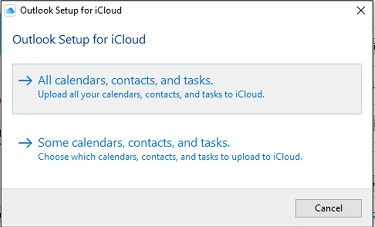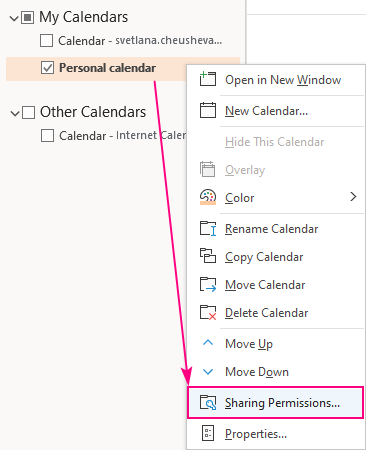

If you are exporting to an existing Outlook Data File (.pst) that is password protected, in the Outlook Data File Password dialog box, enter the password, and then click OK. In the Outlook Data File Password dialog box, enter the password, and then click OK. When the Create Outlook Data File dialog box appears, enter the password in the Password and Verify Password boxes, and then click OK. If you are creating a new Outlook Data File (.pst), an optional password can help protect the file. The export begins immediately unless a new Outlook Data File (.pst) is created or the export is to an existing file that is password protected. If you're exporting to an existing Outlook Data File (.pst), under Options, specify what to do when exporting items that already exist in the file.

Make sure that you change the file name if you want to create a new file instead of using the existing file. Note: If you have previously used the export feature, the previous folder location and file name appear. See import your email, contacts, and calendar to Outlook to learn more. pst file to OneDrive or to a USB storage device, for example, and then download it to another computer or another device of your choice. If you’re exporting to an existing Outlook Data File (.pst) that is password protected, in the Outlook Data File Password dialog box, type the password, and then click OK. In the Outlook Data File Password dialog box, type the password, and then click OK. When the Create Outlook Data File dialog box appears, type the password in the Password and Verify Password boxes, and then click OK. If you’re creating an Outlook Data File (.pst), an optional password can help protect the file.

Outlook begins the export immediately unless a new Outlook Data File (.pst) is created or a password-protected file is used. If you are exporting to an existing Outlook Data File (.pst), under Options, specify what to do when exporting items that already exist in the file. Type a different file name, and then click OK. Note: If you’ve used export before, the previous folder location and file name appear.


 0 kommentar(er)
0 kommentar(er)
